How Have Pasta Tools and Machines Changed or Improved
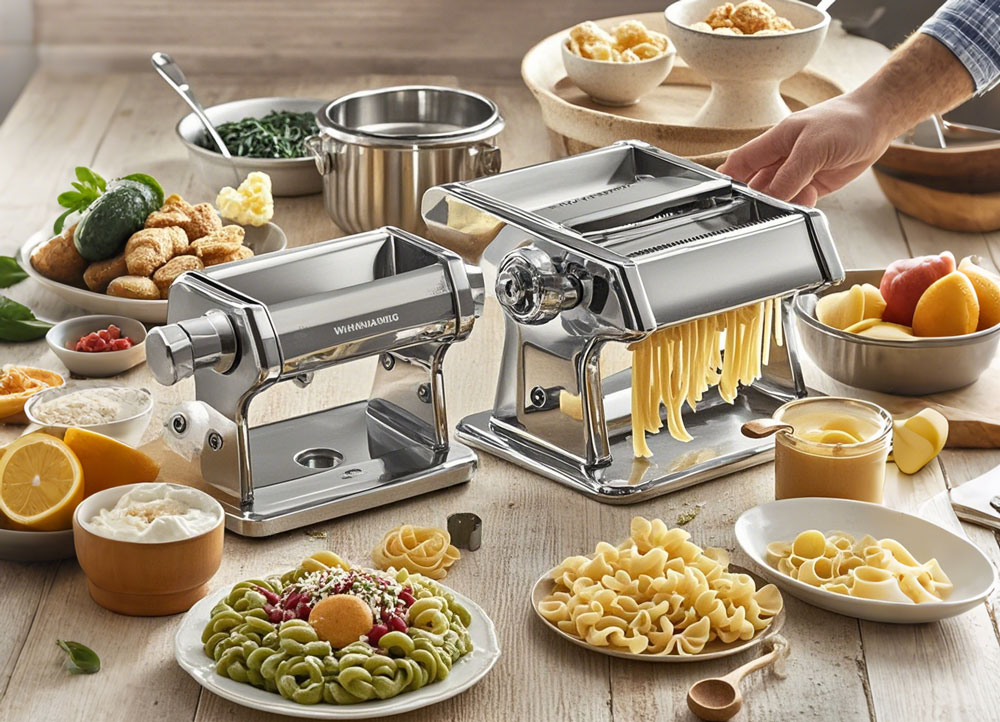
Introduction: The Evolution of Pasta Tools and Machines
The tools and machines used to create pasta have come a long way from the manual methods used by early Italian families. Pasta-making, once a labor-intensive process done entirely by hand, has evolved significantly thanks to innovations in technology and design. These advancements have not only made the art of pasta-making more efficient but have also improved the quality and variety of pasta that can be made at home and in professional kitchens. In this article, we will explore how pasta tools and machines have changed over time, and how these changes have impacted both home cooks and commercial kitchens.
The Rise of Pasta-Making Tools: A Historical Overview
The history of pasta tools is as rich and varied as the pasta itself. What began as a simple process using basic kitchen tools has evolved into a highly specialized craft with tools and machines designed to perfect every aspect of pasta-making. The transition from handcrafting to mechanized methods allowed for a leap in efficiency, which enabled the mass production of pasta. Over the centuries, innovations have emerged that have streamlined and refined pasta-making, making it more accessible to everyday cooks and professionals alike.
From Handcrafted to Industrial: The Journey of Pasta Tools
The journey from handcrafted pasta to industrial production is a tale of innovation. While traditional pasta-making relied heavily on skilled hands, industrial machines have brought standardization, precision, and speed to the process. Today, pasta machines can create hundreds of kilograms of pasta per hour, something unimaginable in the past. Yet, despite the growth of automated machines, many cooks still hold a deep appreciation for the artistry involved in handcrafting pasta.
Why the Evolution of Pasta Tools is Important for Modern Kitchens
The advancement of pasta-making tools and machines is important because it allows for more consistent, efficient, and customizable results. Modern machines cater to both professional chefs and home cooks, offering tools that range from simple manual devices to high-tech, multi-functional machines. These innovations enable cooks to experiment with different pasta shapes, flavors, and ingredients, ensuring that pasta-making is not only easier but also more enjoyable.
The Early Days: Traditional Pasta-Making Methods
In the early days of pasta-making, everything was done by hand. From kneading the dough to rolling it out and cutting it into shapes, pasta-making was a time-consuming process that required considerable skill and patience.
Hand-Rolled Dough and Wooden Tools
The first pasta-making tools were simple and rudimentary. Wooden rolling pins, knives, and boards were used to prepare the dough. The dough was often rolled by hand, requiring an immense amount of skill to achieve the right thickness and texture. This process was tedious but allowed for a personal touch, which is still valued by many pasta enthusiasts today.
Manual Pasta Machines: The First Step Toward Efficiency
The first pasta machines were designed to reduce the amount of manual labor required. These early machines were hand-cranked, allowing cooks to roll the dough more evenly and efficiently. While these machines were a major improvement over hand-rolling, they still required a great deal of effort and were limited in functionality.
The Role of Tradition in Shaping Pasta Tools and Techniques
Even as pasta machines became more prevalent, many pasta-makers continued to rely on traditional methods. The craft of pasta-making is steeped in cultural significance, and for many, the process of making pasta by hand remains an art form. This respect for tradition has influenced the design of modern pasta tools, ensuring that new machines still retain elements of the craftsmanship and authenticity of traditional methods.
The Advent of Manual Pasta Machines
The Emergence of Hand-Cranked Pasta Makers
The emergence of hand-cranked pasta machines in the late 19th century marked a pivotal moment in pasta-making history. These machines featured rollers and cutters that made the process quicker and more uniform, giving home cooks the ability to produce consistent results with less effort.
The Benefits of Manual Machines for Home Cooks
Manual pasta machines offered numerous benefits for home cooks. They were affordable, compact, and easy to use. The ability to adjust the thickness of the dough allowed for greater control over the texture of the pasta. Additionally, they were more accessible to the average home cook, making fresh pasta a viable option for many.
How Manual Machines Made Pasta-Making More Accessible
Before manual pasta machines, making pasta from scratch was a laborious process reserved for professional kitchens or experienced home cooks. The advent of hand-cranked pasta machines brought this tradition into the home, making it easier for anyone to make pasta from scratch without sacrificing quality.
Key Features of Early Manual Pasta Machines
The early manual pasta machines were simple devices, usually made of cast iron, with hand-cranked rollers. These machines were designed for basic pasta shapes such as spaghetti and fettuccine. Over time, manufacturers began adding additional features such as interchangeable cutters and adjustable thickness settings to enhance the versatility of the machine.
Transitioning to Electric Pasta Machines
The Shift from Manual to Electric: A Game Changer
With the advent of electric pasta machines, the process of making pasta became significantly easier and more efficient. Electric machines could knead, roll, and cut pasta with the push of a button, saving both time and physical effort. This shift revolutionized home pasta-making and paved the way for more advanced machines capable of creating a wider variety of pasta.
How Electric Pasta Machines Save Time and Effort
Electric pasta machines streamline the entire pasta-making process, reducing the time and energy required. No more hand-cranking to roll the dough—modern machines do it all, often with adjustable settings for thickness, speed, and cutting. These machines allow for quick production of fresh pasta with minimal effort, which is a boon for busy cooks.
Key Features and Advantages of Modern Electric Machines
Modern electric pasta machines come equipped with a range of features designed to enhance the pasta-making process. Some have built-in dough mixers, while others come with multiple attachments for shaping various types of pasta. Digital controls allow for precise adjustments to dough thickness, ensuring perfect results every time. These machines also tend to be more durable and require less maintenance than their manual counterparts.
Increased Precision and Consistency in Pasta Production
One of the biggest advantages of electric pasta machines is their precision. With automated settings, these machines can consistently produce pasta with the same thickness, texture, and quality every time. This consistency is invaluable, especially for professional kitchens where uniformity is key.
Advancements in Pasta Machine Materials
The Role of Stainless Steel in Modern Pasta Machines
Modern pasta machines are primarily made from stainless steel, a material known for its durability, resistance to rust, and ease of cleaning. Stainless steel machines are not only built to last but also ensure that pasta dough does not stick to the rollers, making the process smoother and more efficient.
Why Non-Stick Coatings Are Revolutionizing Pasta Making
Non-stick coatings on pasta rollers have greatly improved the pasta-making experience. These coatings prevent dough from sticking to the machine, reducing the need for flour dusting and making cleanup much easier. The ability to roll out dough without it clinging to the machine means less waste and more perfect pasta.
Lightweight Materials for Easy Storage and Portability
Modern pasta machines are also designed to be lightweight and compact, making them easy to store and move. The use of lighter materials allows for greater portability, which is perfect for cooks with limited kitchen space or those who enjoy making pasta in different settings, like outdoor gatherings or cooking classes.
Durability and Longevity of Modern Pasta Machines
The durability of modern pasta machines is a key selling point. With advancements in materials and engineering, today’s pasta machines are built to last. The combination of high-quality metals, non-stick surfaces, and precise construction means that modern machines are not only more efficient but also more reliable over the long term.
Innovations in Pasta-Cutting and Shaping Tools
The Development of Pasta Attachments for Various Shapes
One of the most significant innovations in pasta-making has been the creation of attachments that allow for a variety of pasta shapes. From spaghetti and fettuccine to more intricate shapes like pappardelle and farfalle, these attachments have expanded the possibilities for home cooks, making it easier to create a range of pasta varieties with one machine.
How Multi-Functional Attachments Have Improved Versatility
The advent of multi-functional pasta attachments has transformed the way pasta is made. These attachments enable cooks to produce different types of pasta without switching machines or buying additional equipment. From cutting tools to extruders for making stuffed pastas like ravioli and tortellini, these attachments have made pasta-making more versatile and accessible.
The Rise of Customizable Pasta Shapes for Home Cooks
Customization is one of the biggest benefits of modern pasta machines. With customizable settings, home cooks can adjust the thickness and texture of their pasta and choose the shape they prefer. Whether making traditional spaghetti or experimenting with creative shapes, the ability to personalize the pasta has made the process even more enjoyable.
Automatic Shaping and Cutting Tools: The New Frontier
Automatic pasta machines with built-in shaping and cutting mechanisms have further streamlined the process. These machines automatically shape and cut the dough, which takes the guesswork out of the process. Such machines often come with various attachments for different pasta shapes, making it easier than ever to experiment with new recipes and ideas.
The Role of Digital Technology in Pasta-Making Machines
Smart Pasta Machines: How Technology is Changing the Game
The integration of digital technology into pasta-making machines has introduced new levels of convenience and customization. Smart pasta machines now feature digital interfaces that allow users to select preset pasta recipes, adjust settings, and even connect to apps that provide guided cooking instructions.
The Rise of Pre-Set Functions and Recipe Programs
Modern pasta machines come with pre-set functions that cater to a variety of pasta recipes. These machines can automatically mix, knead, and roll dough based on the user’s selection, eliminating the need for manual intervention. Pre-set programs also help ensure that the pasta is made with the right proportions of ingredients, further enhancing consistency and ease of use.
Integrating App Connectivity with Pasta Machines
Some of the newest pasta machines offer app connectivity, allowing users to control the machine remotely or access recipe databases. These smart features provide a level of convenience and flexibility that appeals to both novice cooks and experienced chefs alike.
The Future of Pasta Machines with AI and IoT Integration
Looking ahead, the future of pasta machines is likely to involve more sophisticated automation, driven by artificial intelligence (AI) and the Internet of Things (IoT). These technologies will allow for real-time adjustments based on factors like humidity, altitude, and even the type of flour being used, ensuring that the perfect batch of pasta is always produced.
Must-Read Blogs For Chain Restaurants Owner








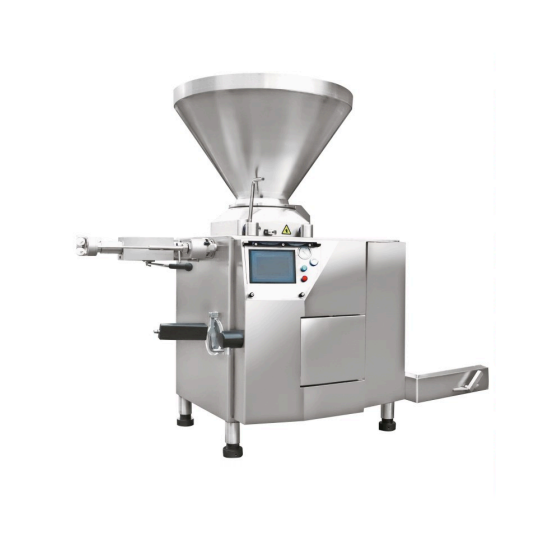
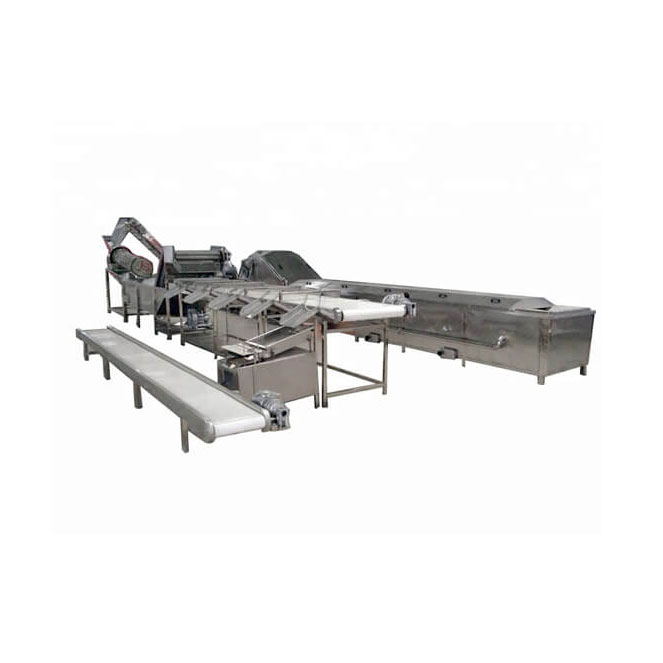
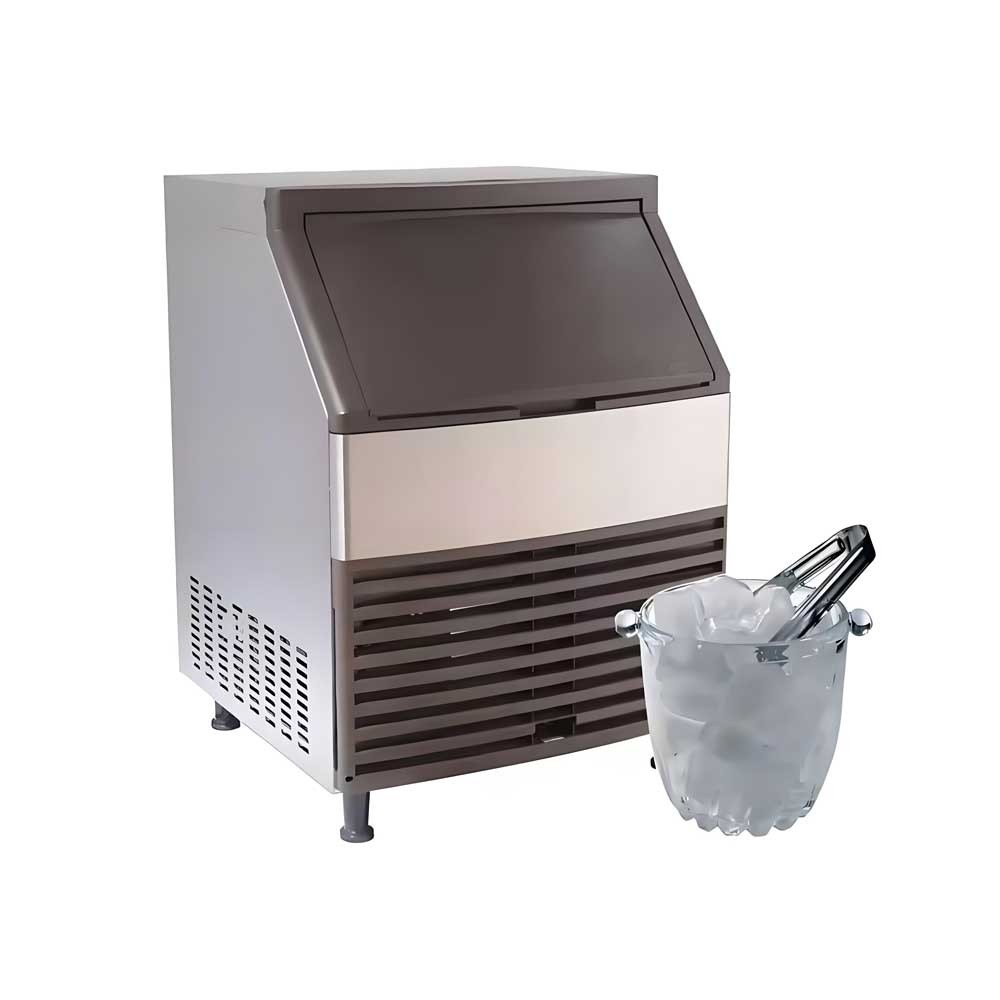
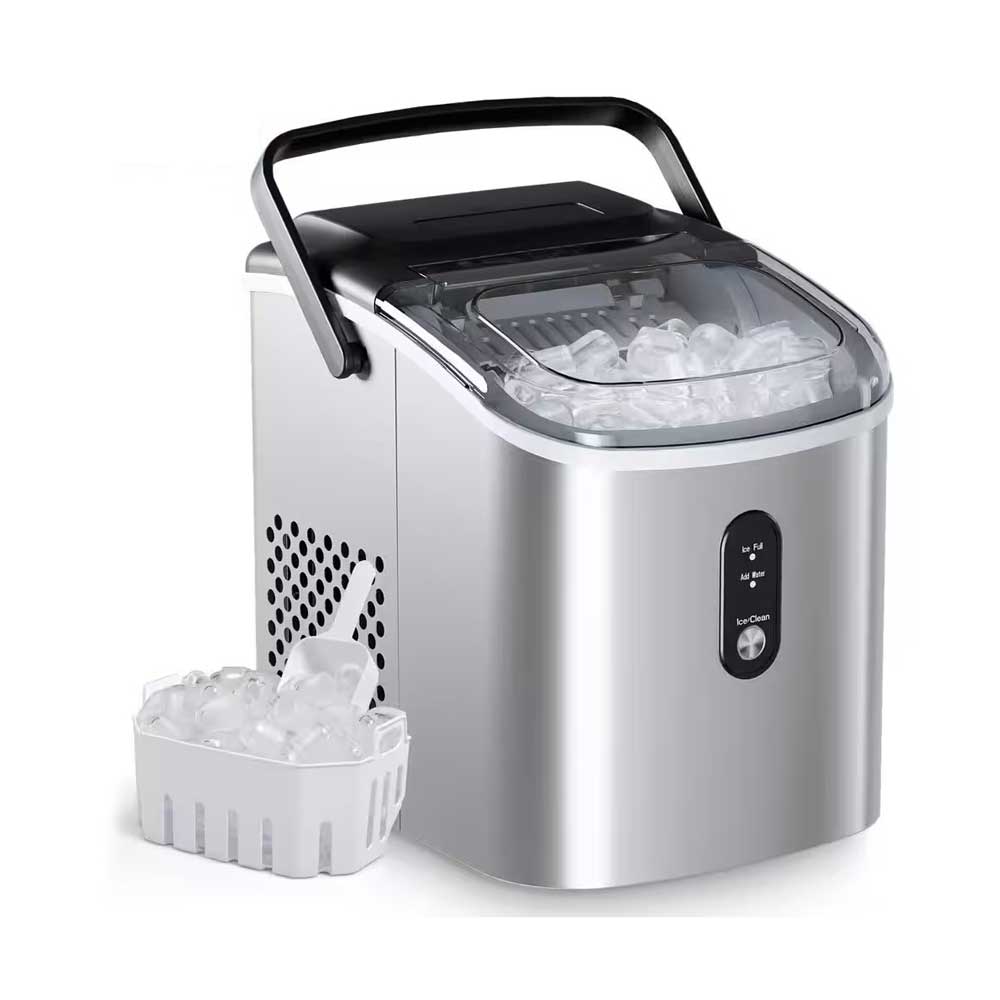 Portable Flake Ice Machine
Portable Flake Ice Machine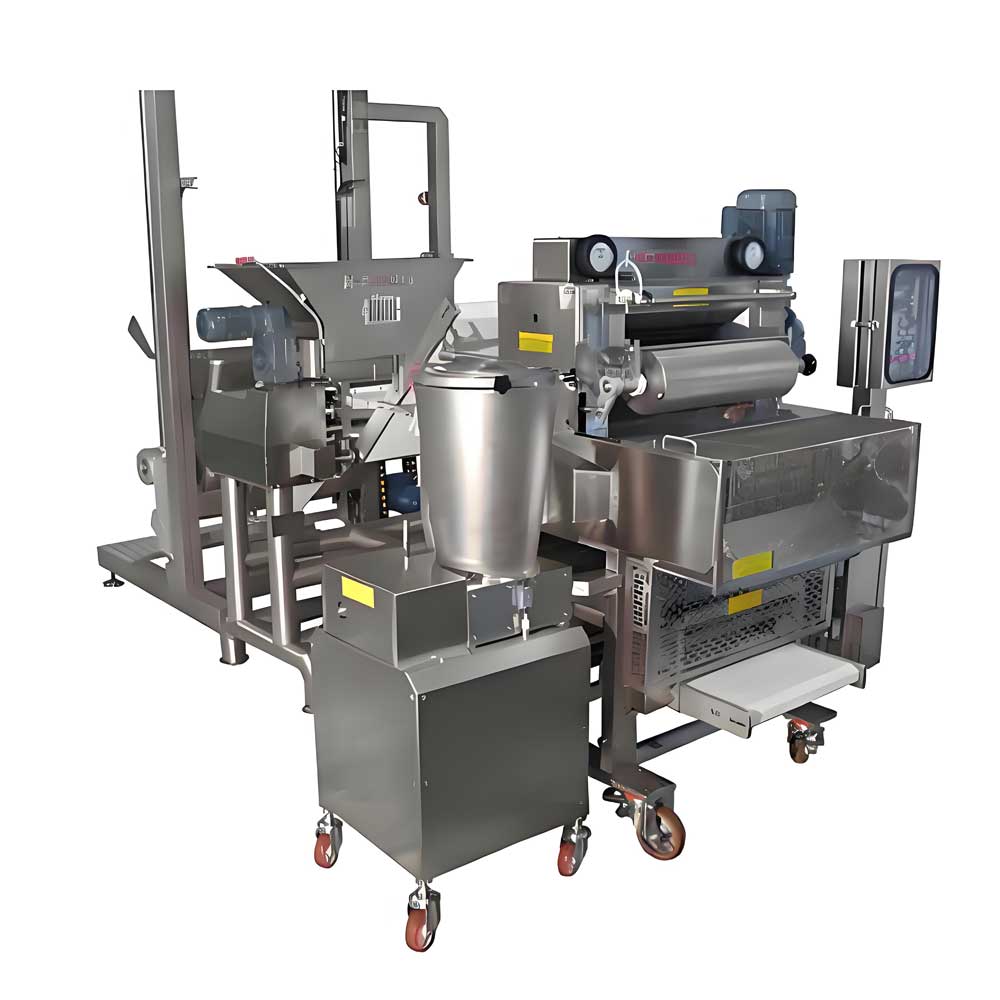 Pelmeni Making Machine
Pelmeni Making Machine
Ready to Get Started?